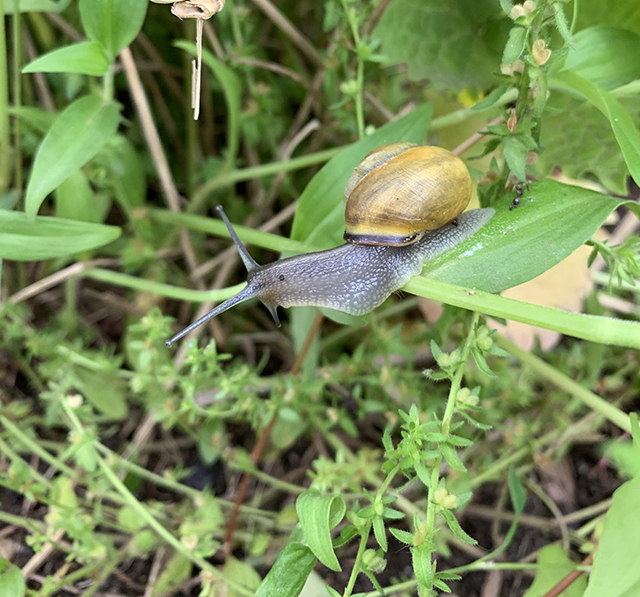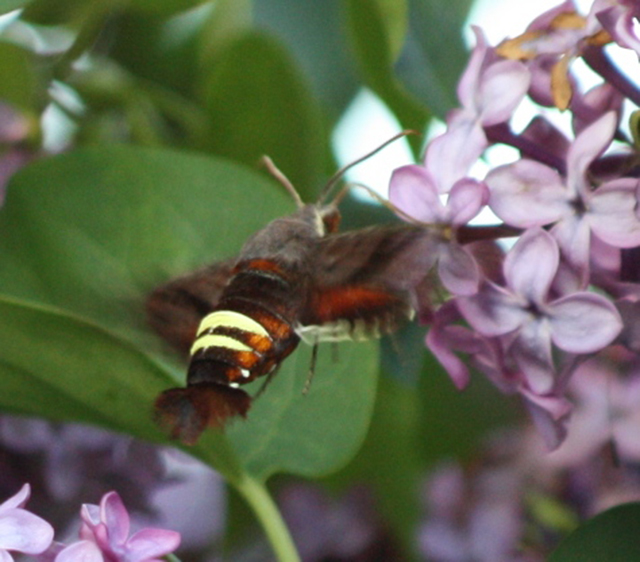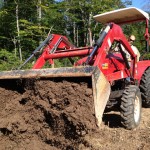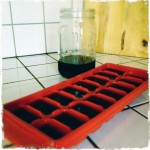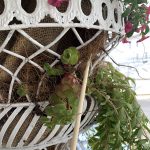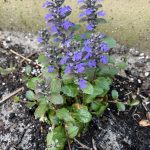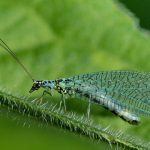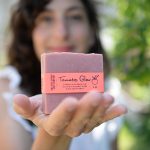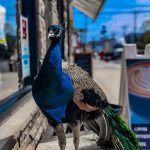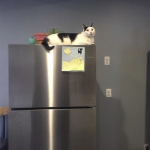Garden Friend, or Foe?
A few weeks back, my co-worker Mark Hogan told me he crushed a snail in his garden by mistake. We both felt bad for it. (Ugh… that crunching sound.) Since then, I’ve noticed tons of snails in my own garden. Now I’m so worried about stepping on them when I’m weeding. But then I thought, how harmful are all these snails?
Land snails (terrestrial molluscs) are herbivores mostly. They eat a range of host plants – fruit trees, vegetables, roses, and other flowers. Ok, so this doesn’t sound good. They also feed on rotting organic waste and dead animals like worms, bugs and even other snails.
In turn, land snails are food for many small wildlife such as squirrels, birds, mice, beetles, flies and centipedes. Snails are slow moving and low on the food chain. They’re an easy source of protein for many, including us.
After a bunch of reading on the garden-verse, I came to this conclusion: if you have an ecological balance in your garden and you don’t see plant damage, there’s no need to get rid of the snails. Let nature run its course. But if you do see troubled vegetation and know snails are the cause, then you need pest control. There are effective natural measures – laying down grit or ash around plants or a beer trap are common organic ways to tackle gastropod infestation.
We had a new visitor to the garden last week. Matt and I were out at dusk and noticed a bizarre little thing swarming around the walkers low plants (which by the way, are in full bloom and looking gorgeous!). Was this creature a friend or foe of the garden?
Matt thought it was a hummingbird but I said it was too small to be a bird. I thought it was some type of wasp or hornet – it has two bright stripes on it’s back which seemed “bee-like”. Matt said it’s head was too flat for a bee and thought maybe it was a moth … we googled.
To our surprise we were both kind of right! The mystery garden bug is a Hummingbird Moth, specifically, a Nessus Sphinx. It moves and sounds just like a hummingbird and sips nectar with its long thin “tongue” but it is in fact a moth. The insects tail fans-out and appears like birds feathers. The moth is large, 1 1/2 inches with two stripes meant to mimic a wasp. It’s a defense display. It’s as if a hummingbird, wasp and moth fell into a vat of Ghostbuster ectoplasm and emerged as a trihybrid!
Hummingbird Moths are pollinators, therefore a friend of the garden. But there’s a twist! The larvae of this bizarre bug is the hornworm and any gardener knows they are a foe of the garden. There are many hornworms that feast on host plant before metamorphosis, most noted is the tomato hornworm (very bad.) But Nessus Sphinxs’ larvae live and feast on cherry and cayenne pepper plants, honeysuckle and hawthorn. I’ve definitely seen the latter two in Rockaway.
This moth was a fun surprise to see and I’m hoping this year as the garden expands I’ll discover more garden creatures, friend or foe.
